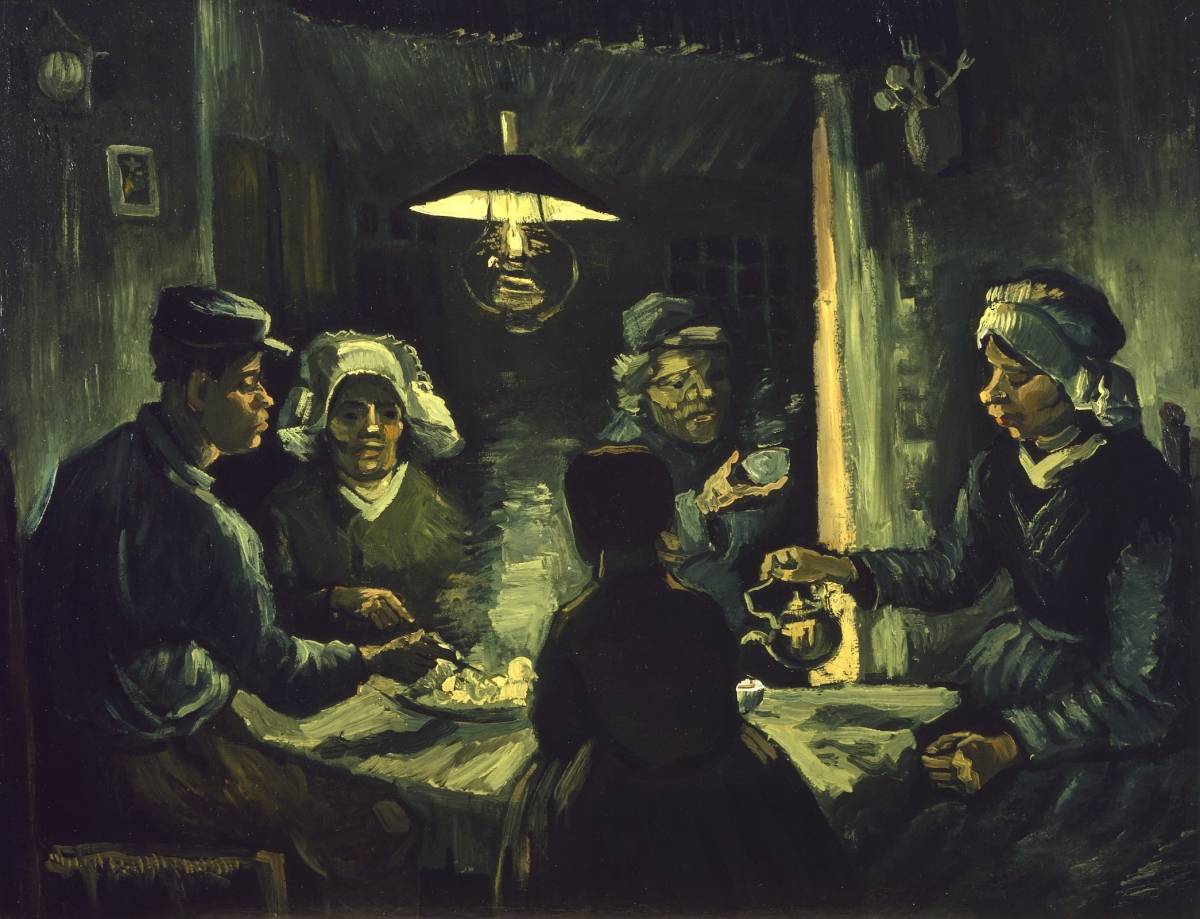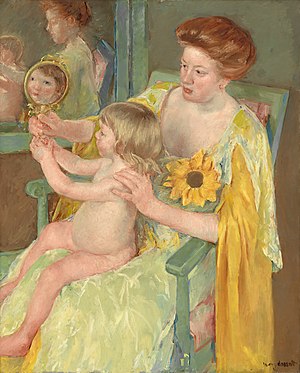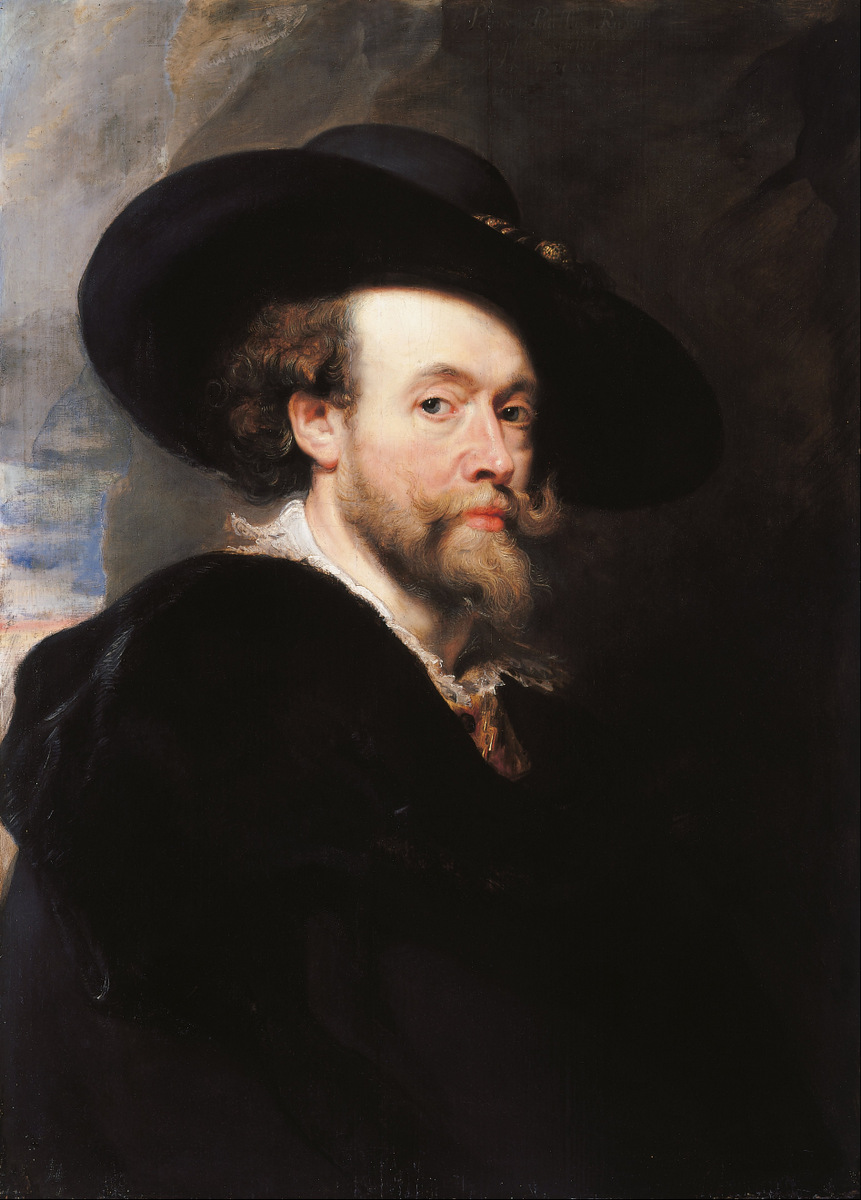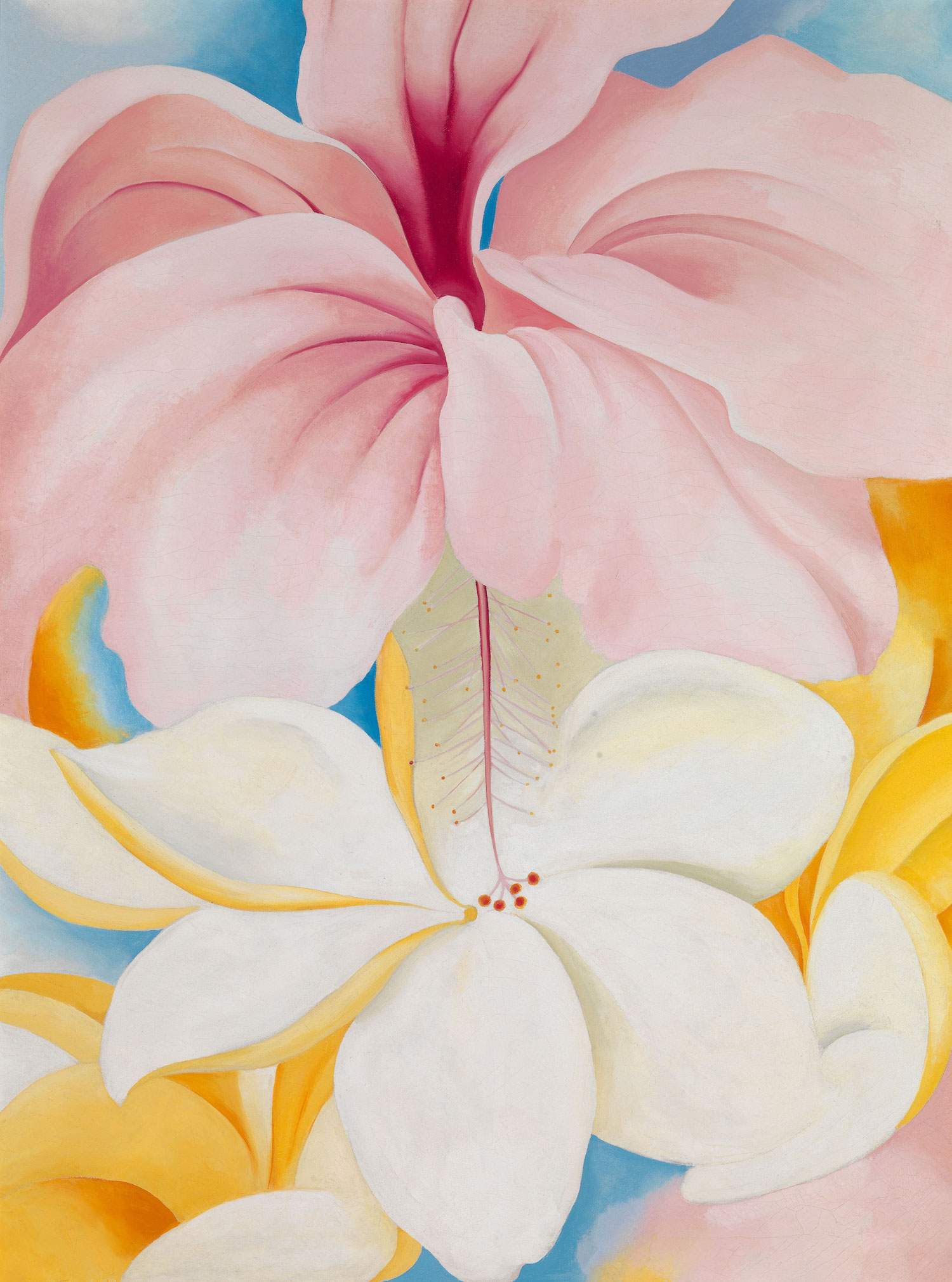
Article date: Tuesday, October 21, 2025
The Potato: Symbolism in Van Gogh’s The Potato Eaters
Vincent van Gogh’s The Potato Eaters (1885) stands as one of his most powerful early works, a raw portrayal of peasant life in the Netherlands. While the painting’s dimly lit interior, rough textures, and coarse figures immediately draw attention, the potato itself emerges as a profound symbol.

Article date: Friday, April 28, 2023
Symbolism of The Sunflower in Mary Cassatts' Painting "Woman With a Sunflower"
Mary Cassatt (1844-1926) was an American painter known for her portraits, genre scenes, and depictions of mother-child relationships. She is considered one of the leading artists of the Impressionist movement, which emerged in France in the late 19th century.
Article date: Wednesday, February 1, 2023
The Art of Tarot Cards: Symbolism and Style
Tarot cards fascinate with their rich imagery and hidden messages. These mysterious cards
have two purposes. These cards have been used for centuries in Europe as both a game
and a tool for spiritual guidance.

Article date: Monday, August 3, 2020
Symbolism of the Citron in Eva, Satan and the Citron
“The idea was to reference the ‘forbidden fruit’” says Eyckermans. “In the original version of the bible it was described as a citron. In most parts of Europe, citrons were still unknown and the translation called it an apple. In some medieval paintings you can see Eve holding a citron.”

Article date: Friday, December 13, 2019
The Symbolism of The Baby in Keith Haring’s Work
Perhaps one of the most recognizable image from Haring’s work, the radiant baby is a simple outline of a baby or person crawling on the floor on their hands and knees with lines emanating from them. Haring himself has commented that for him this baby represents youthful innocence, purity and goodness.

Article date: Friday, September 27, 2019
Symbolism in Art: Goldfish
Born in 1869 in Le Cateau, France, Matisse began to paint whilst recovering from an operation. His painting and sculpture work would defy the expectations of the art world and make him one of the best-known artists of the 20th century and the leader of a group of the Fauve group. The Fauve group defied the realism and representation of Impressionism, and instead used strong colour and shapes to express emotion.

Article date: Monday, September 2, 2019
Rubens and the Symbolism of the Self Portrait
Flemish artist Peter Paul Rubens was one of the most important artists of the seventeenth century as well as a successful diplomat, scholar and courtier. His paintings were highly regarded by the nobility and he was an influential figure during most of his lifetime. He specialised in creating altarpieces, history paintings, portraits and landscape work. His unique style captured the Baroque aesthetic.

Article date: Wednesday, August 7, 2019
Roy Lichtenstein and the Symbolism of the Cartoon
American pop artist Roy Lichtenstein shook up the art world with his comic-strip inspired paintings and his bold reproductions of cartoon characters. He took images from popular culture, and reproduced them in his art to create new contexts and meanings, becoming one of the most famous pop artists of all time. Lichtenstein also made sculpture, prints and ceramics, but is best remembered for his painted works.

Article date: Friday, July 19, 2019
Symbolism of Interiors in Félix Vallotton's Intimacies
Born on December 28, 1865, Félix Vallotton was a Swiss French painter and a lover of the theatre. His theatrical, stage-like paintings have often been overlooked by Western critics, but his ability to capture images that seem to suggest something unsaid, something lurking beneath the surface, paved the way for several European and American artists including Edward Hopper.

Article date: Tuesday, June 25, 2019
The Symbolism of Flowers in the Art of Georgia O’Keeffe
O’Keeffe herself often commented that the colour and form of the flowers was more important than the subject matter, suggesting that she was interested in the natural form and capturing its beauty. Several feminist critics have praised O’Keeffe’s work as capturing feminist themes far ahead of their time. Certainly, in the era in which she was working, O’Keeffe was in a male-dominated world and was repeatedly reminded of her gender and otherness as she moved through the art world.







